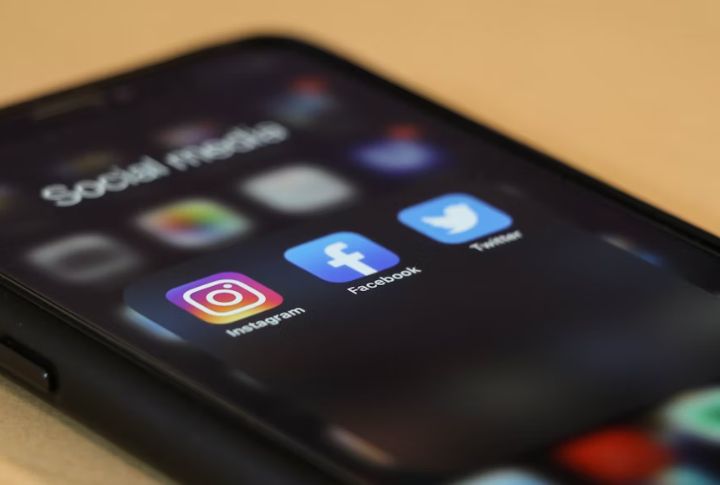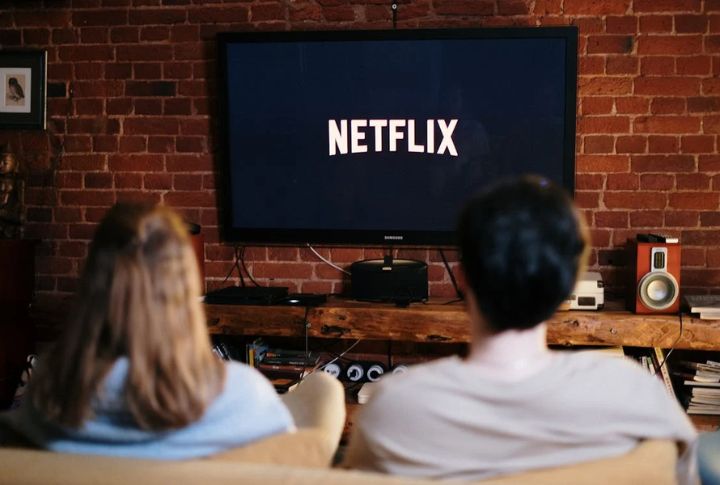
You can tell a lot about someone by the little choices they make with technology. Do they still double-click files like it’s 1998? Do they ask Siri for the weather or still glance outside the window? These tiny decisions don’t just reveal habits; they’re quiet clues about the world we each grew up in. Let’s see how your habits stack up across generations.
Communication Preferences

Baby Boomers reach for the phone or compose an email, valuing the clarity and personal touch of direct communication. Generation X uses text messages and calls with ease, bridging old and new habits. Millennials gravitate toward instant messaging and social media for quick chat.
Social Media Platform Preferences

The social networks people choose often mirror the communities they value most. Older social media users in its earliest days favored Facebook for staying in touch with family and keeping up with current events. People who came of age alongside the rise of Instagram and YouTube explore a broader range of platforms.
Device Preference For Computing

Tablet use is strongest among people who straddle work and personal life on the go. Boomers began their tech journey on desktop machines and tend to stick with them for comfort and familiarity. Device choice reflects more than tech skill, revealing the pace of life and the kinds of tasks people prioritize.
App Usage Types

People in their 30s and 40s gravitate toward lifestyle, health, and food-related apps that match career, family, and wellness goals. Older users, however, focus on practical apps like weather and medical portals. Across all groups, banking and dating apps tell unique stories about financial habits and relationships.
Device Ownership And Product Ecosystems

Households led by digital natives feature a wider variety of tech gear, including gaming consoles, smart speakers, and wearable devices, all connected within one ecosystem. People in early adulthood also maintain diverse setups but may be more selective, focusing on multipurpose tools.
Attitudes Toward Emerging Technology

Comfort with cutting-edge tools often depends on when someone first encountered them. Those who began their careers before the internet matured can be cautious with AI-driven products, adopting them only when the benefits are clear. Mid-career workers embrace new tech more readily, while the youngest professionals expect glitch-free integration.
Preferences In Visual Vs Text-Based Content

Those in their 30s and 40s use a balanced mix of visuals and long-form text, engaging deeply with blogs and infographics. But the generation that has long relied on print still gravitates toward text-rich formats like news articles and emails. These preferences also shape education styles and the types of content people trust.
Streaming Vs Traditional TV

Viewing habits have shifted dramatically, but not at the same pace for everyone. The ones who have spent decades with cable or broadcast TV still rely on it as their primary source of entertainment, adding streaming as a supplement. However, adulthood arrived for many alongside Netflix and Hulu, where programming guides were replaced with search bars.
Smartphone Usage Intensity

Global reports like DataReportal’s Digital 2024 reveal that Gen Z spends over six hours a day on their devices, multitasking across social, entertainment, and utility apps. On the other hand, boomers raised in a pre-mobile world limit their usage to a few focused activities like calls and texts. Mid-aged professionals find themselves balancing work and social life in both worlds.
Gaming Habits

Interactive entertainment plays a different role depending on a person’s tech upbringing. Gen Xers grew up alongside gaming consoles and high-speed internet. So, they treat gaming as a core social and leisure activity, spanning consoles and mobile platforms. But younger players prefer portable, streaming-capable systems.
Online Privacy And Security Attitudes

Boomers witnessed the early rise of the internet. Hence, they are more cautious of scams and data misuse. At the same time, the generation in their working prime balances privacy concerns with the convenience of personalized services. And younger internet users are not only aware of the risks but also quick to adopt privacy tools.
Wearable Technology Use

One generation grew up with smartphones in their pockets and sees wearables as a natural extension for health tracking and convenience. Plus, adults balancing work and wellness adopt wearables for both productivity and fitness goals. But those newer to digital tech approach wearables more cautiously, using them for health monitoring rather than lifestyle integration.
Digital Payments And Cashless Transactions

Younger shoppers rely heavily on QR codes and instant payment apps, rarely carrying physical cash. Mid-aged consumers mix both digital and traditional methods, depending on the situation. People accustomed to decades of cash or card payments remain more reliant on them, viewing mobile transactions as optional rather than essential.
E-Reading and Digital Media Consumption

Reading habits have evolved with technology, but preferences still reflect formative experiences. Gen Z grew up surrounded by screens and prefers podcasts over print. Adults who transitioned from print to digital media enjoy both. Longtime print loyalists, on the other hand, still favor newspapers and hardcovers, but explore digital sources for convenience.
Work Technology Expectations

Seasoned professionals tend to value reliability and structure, preferring tried-and-true software. The generation in mid-career is comfortable using both legacy systems and modern collaboration platforms. Younger workers, however, expect the latest, most integrated tech to match their fast-paced, flexible workflows.
Music Listening Methods

Boomers still swear by the crackle of vinyl and the friendly chatter of radio hosts. Gen Z and Gen X? They outsource their taste to an algorithm that decides Tuesday morning means “sad indie folk.” Same goal—listening to music—but the methods couldn’t be more telling.
Online Shopping Behavior

Generations raised in the era of Amazon and e-commerce rely primarily on online platforms for purchases. In contrast, older groups have watched digital shopping emerge and still prefer a hybrid approach. They may browse online for convenience but continue to visit physical stores to examine products directly.
Travel Tools

Travelers who adopted smartphones mid-life still value these tools but carry printed backups “just in case.” But, the older generation relied for decades on paper maps and road signs, and may prefer familiar methods, occasionally supplementing with digital directions. This mix of habits shows how tech adoption is shaped by both necessity and confidence.
Cloud Storage Adoption

Ask a younger worker where their files are, and they’ll shrug—“the cloud has them.” Ask their older colleague, and you’ll see a drawer full of thumb drives labeled with a permanent marker. Security fears, convenience perks, and generational habits all collide in the battle over where to stash your data.
Photo-Taking and Storage

For Gen Z, every second is photo-worthy, and storage space is just another problem for tomorrow. Gen X, however, treats photography like a scrapbook project, arranging files into neat digital collections. Boomers keep it simple: a handful of pictures, chosen carefully, then printed and placed in albums that live on the coffee table.

